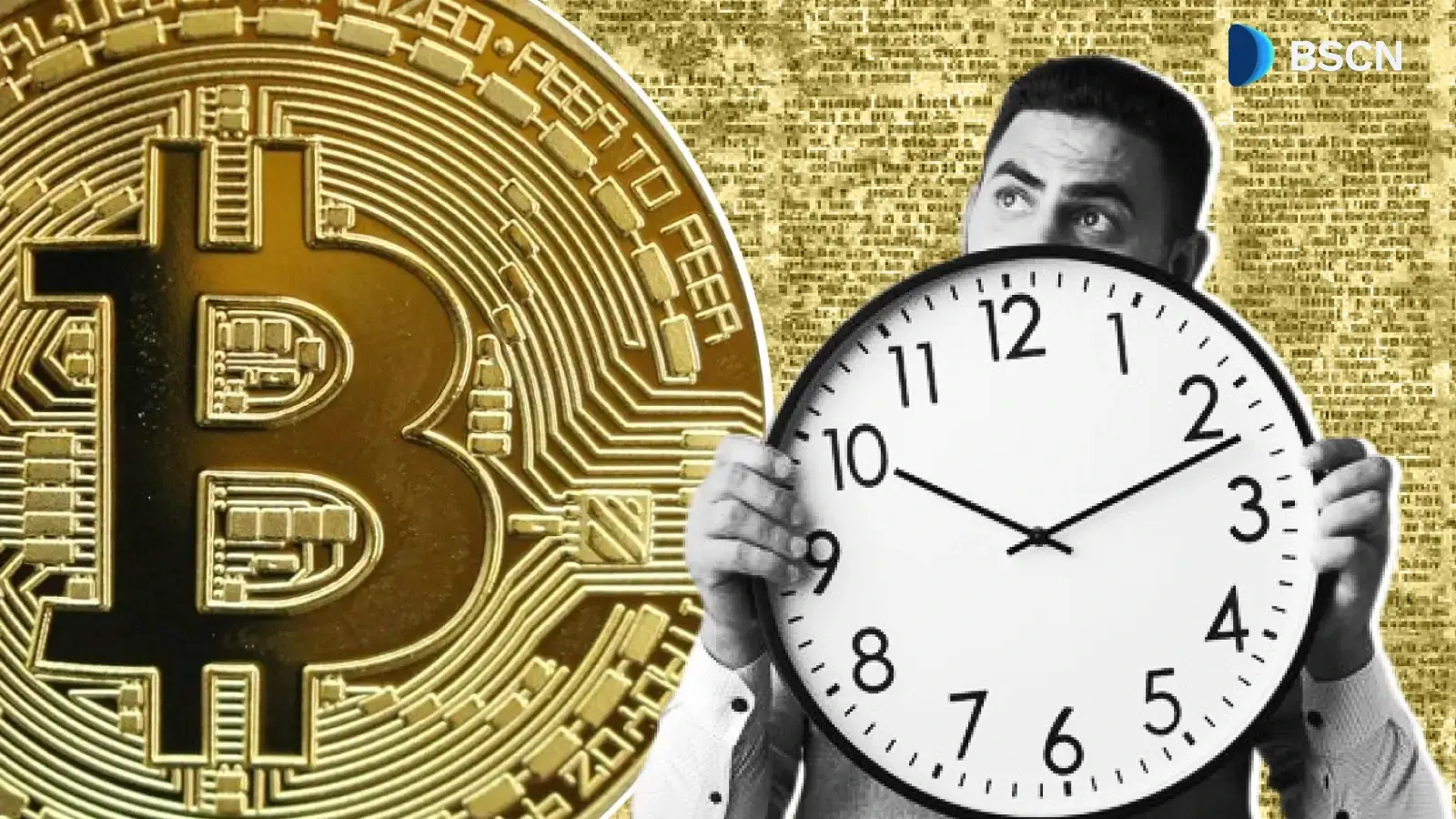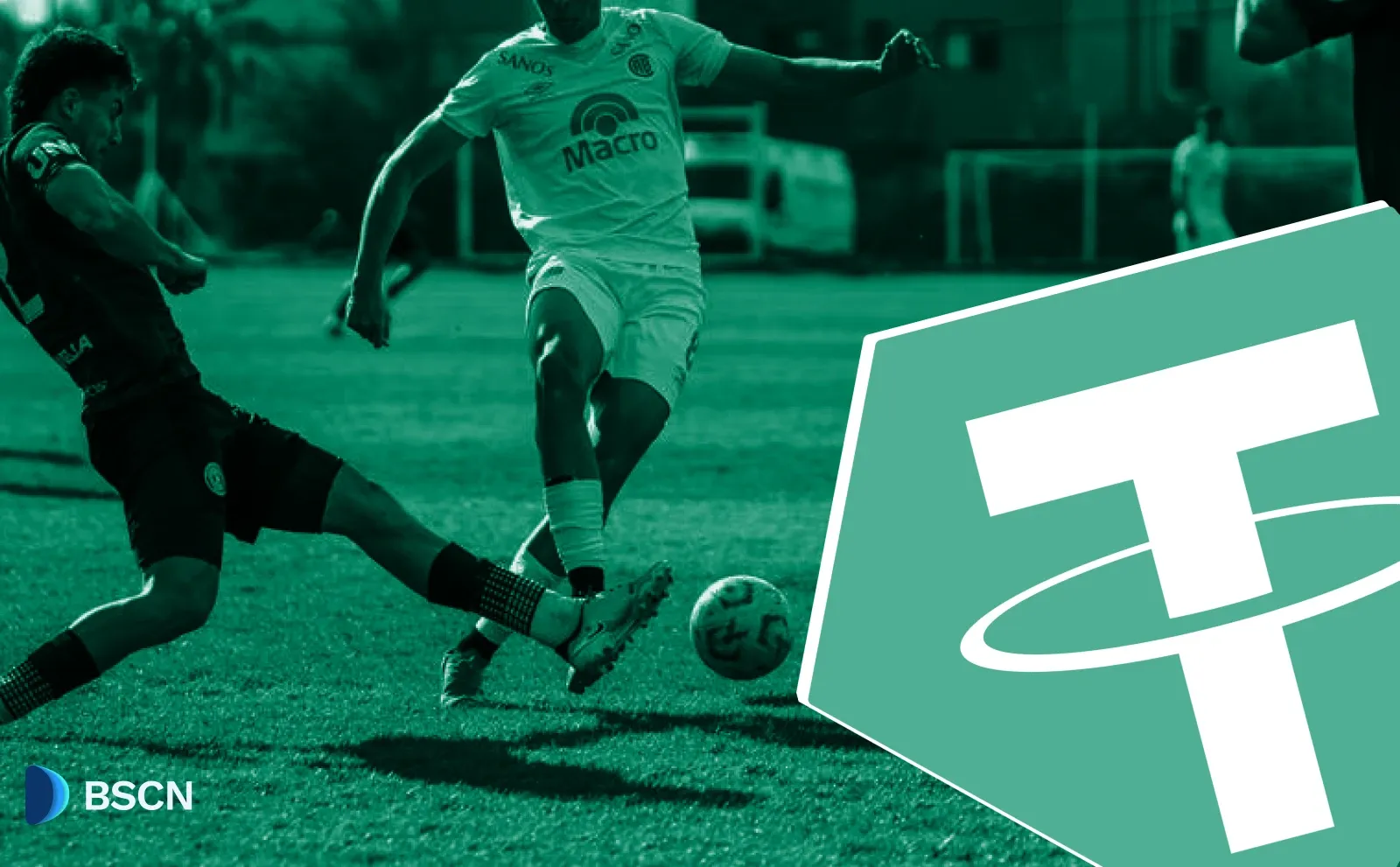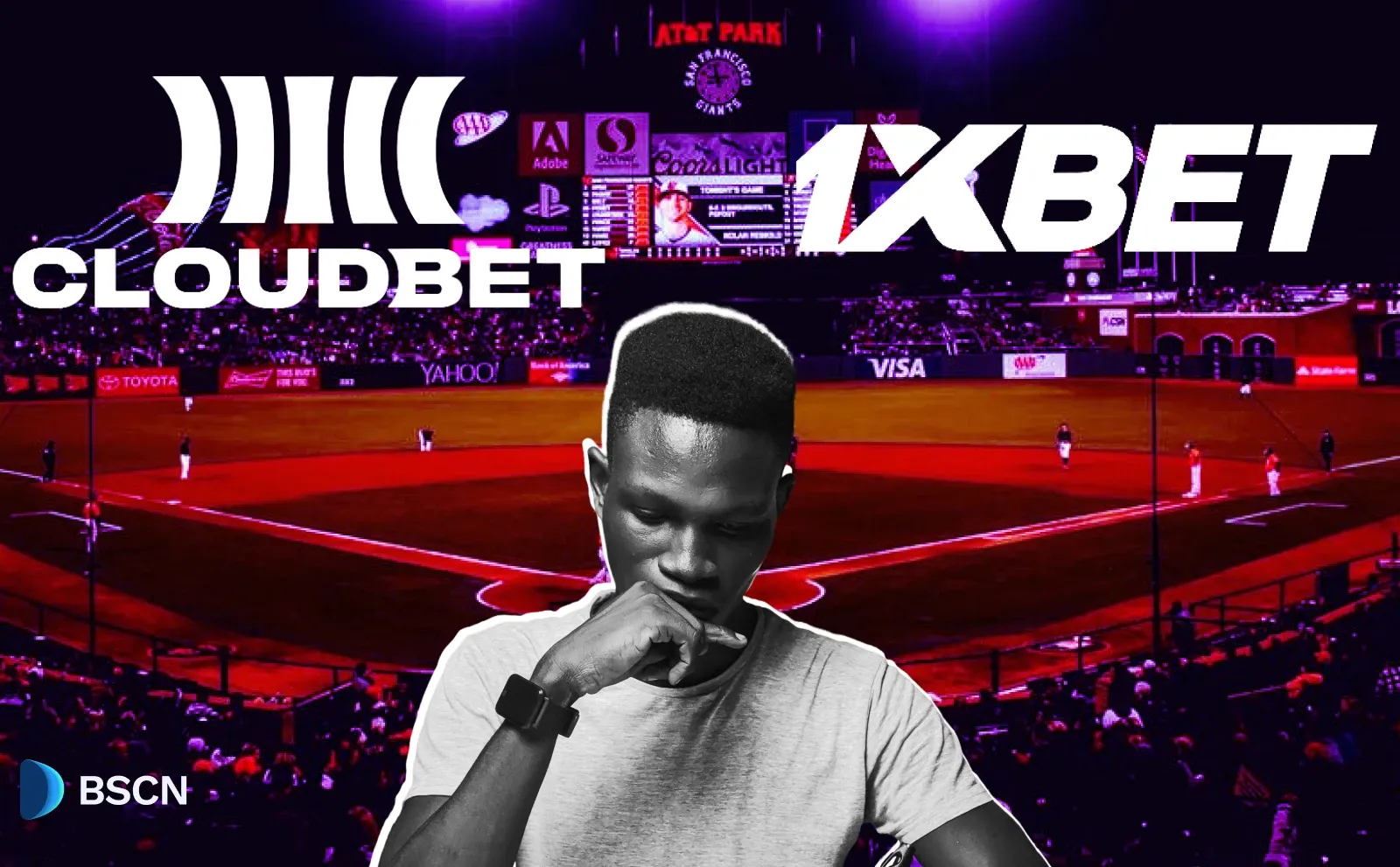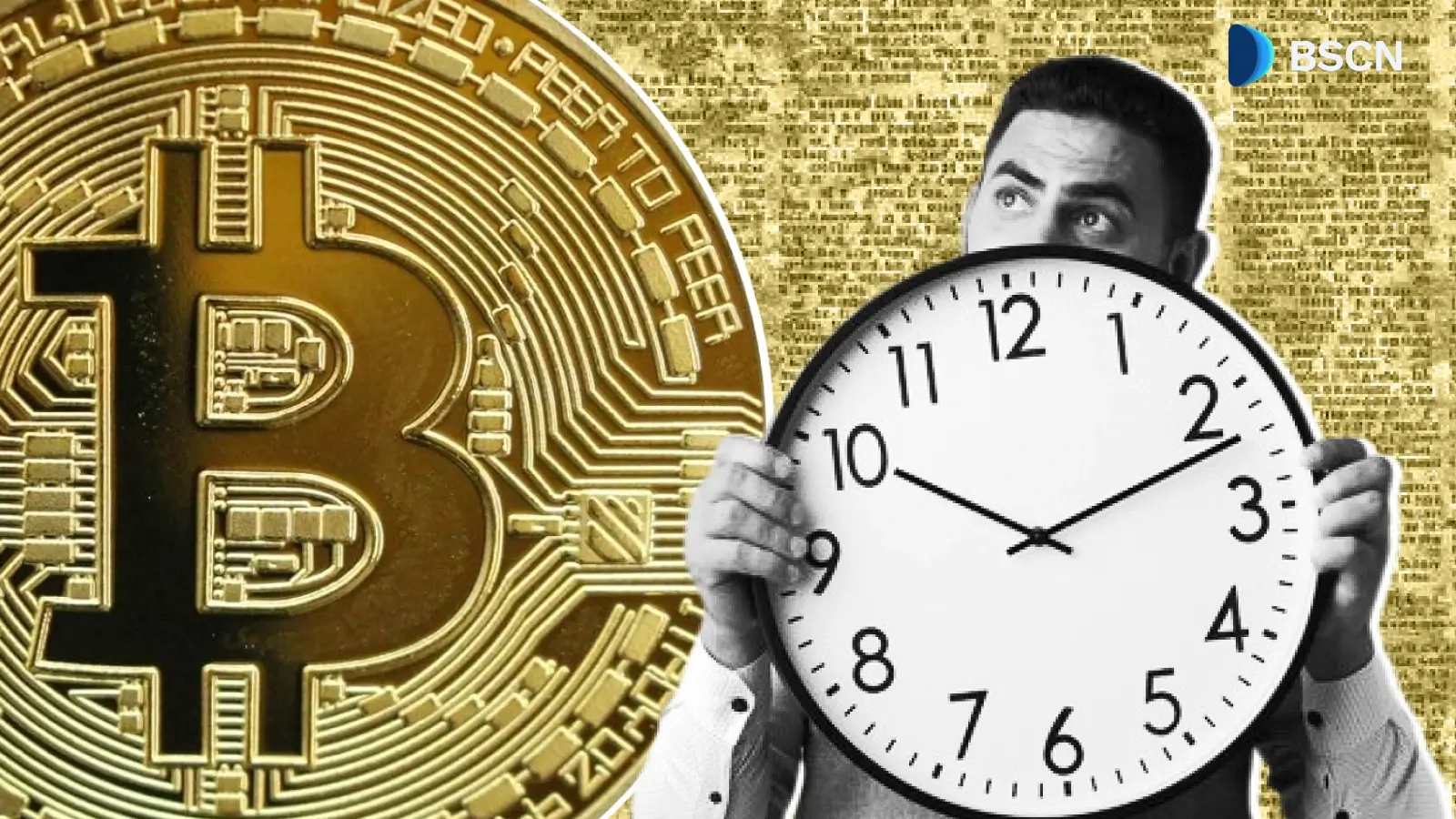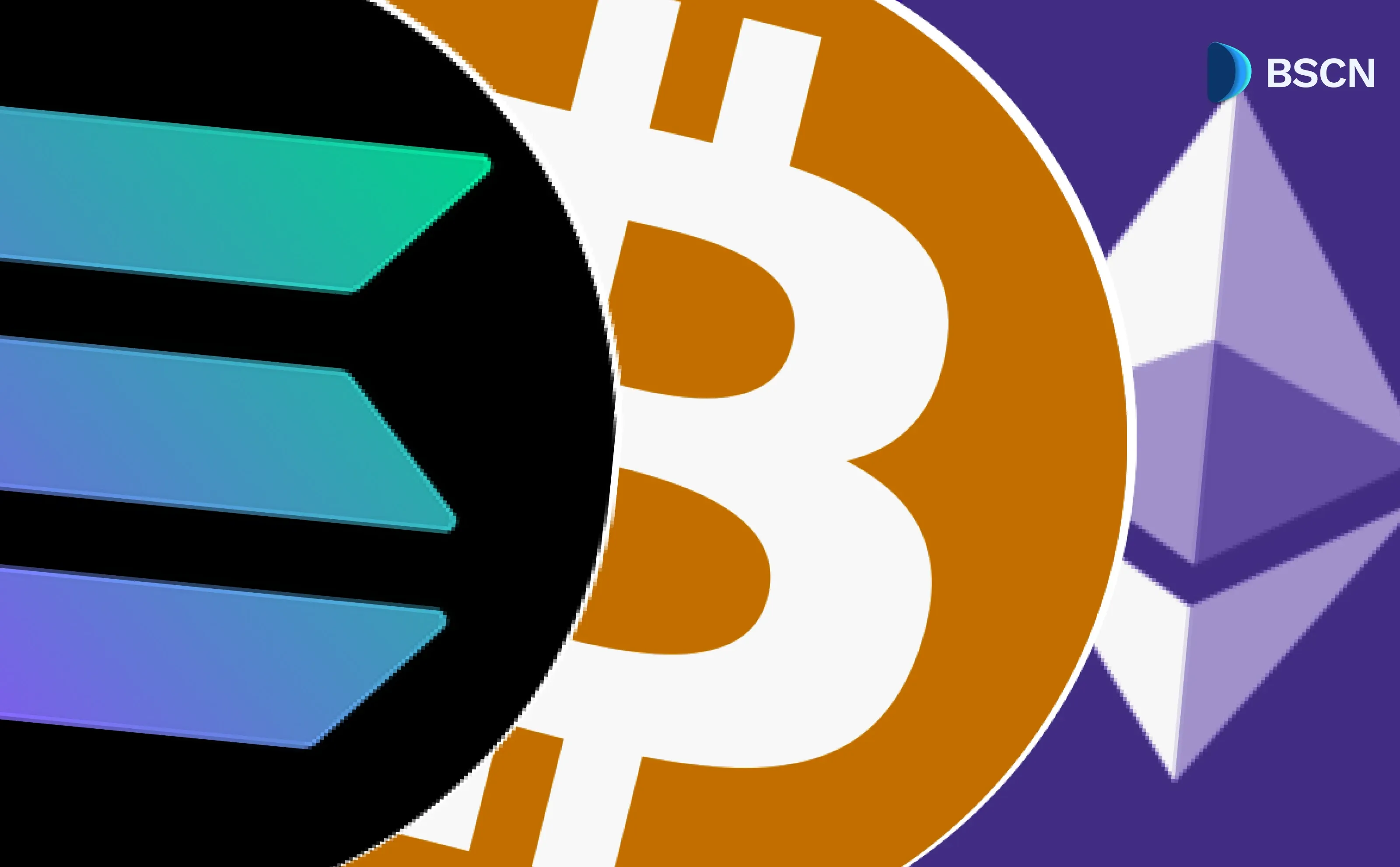News
(Advertisement)
PancakeSwap Goes Live on Monad Mainnet With Liquidity Support

PancakeSwap goes live on Monad Mainnet with v2 and v3 liquidity, faster swaps, lower fees, and sub-second finality. Here is a full breakdown of what users can expect.
Soumen Datta
November 25, 2025
(Advertisement)
Table of Contents
PancakeSwap is now live on the Monad Mainnet, giving users access to v2 and v3 liquidity, faster trade execution, lower fees, and sub second finality. This new deployment connects one of the largest decentralized exchanges with a new high performance layer 1 blockchain that aims to support large scale decentralized finance (DeFi).
PancakeSwap is officially LIVE on @monad Mainnet pic.twitter.com/wrxJ0oX8Mz
— PancakeSwap (Monad arc) (@PancakeSwap) November 24, 2025
What Does PancakeSwap’s Launch on Monad Mean?
The launch means that users can now trade and provide liquidity on PancakeSwap directly on Monad’s layer 1 network. The environment supports sub second finality, low gas use, and a familiar EVM design that allows developers and traders to move across chains without learning new tools.
Before this release, Monad users did not have access to PancakeSwap’s v2 and v3 liquidity systems. The new deployment brings both options to the chain, allowing liquidity providers to choose between simple and advanced capital strategies.
Overview of Monad
Monad went live on Monday with its own mainnet and a public airdrop of the MON token. The team describes the chain as a high performance network built for large scale decentralized finance, stablecoin settlement, and advanced institutional trading flows. Monad uses an EVM compatible design, which means it can run smart contracts written for Ethereum without new tooling.
According to project documentation, the total supply of MON is 100 billion tokens. Only 10.8% is currently in circulation, and this supply includes:
- 7.5% made available through a public sale on Coinbase’s Token Platform at 0.025 dollars per token
- 3.3% unlocked as part of the airdrop program
The remaining supply is locked under a long term vesting schedule that extends through late 2029. These locked allocations include 27% for the team, 19.7% for investors, 4% for the Labs Treasury, and 38.5% for ecosystem development.
Why PancakeSwap Choose Monad?
PancakeSwap is one of the most used decentralized exchanges in Web3. It already operates across several chains that support EVM infrastructure. Monad offers high throughput and fast finality which allows PancakeSwap to route trades with lower slippage and lower gas use.
Keone Hon, co-founder of Monad, said that the chain is designed so developers do not have to choose between speed, security, or usability. The project has raised $225 million since 2022 to build an EVM compatible network that aims to combine high transaction speed with decentralized validator participation.
This design overlaps with what DEXs need. Exchanges with concentrated liquidity and real time price adjustments can benefit from faster confirmation times and stable gas conditions, especially during peak activity.
How PancakeSwap liquidity works on Monad?
PancakeSwap supports both v2 and v3 liquidity models. Each model offers different ways to supply tokens into trading pools.
v2 Liquidity for Predictable and Simple Yield
v2 works with a simple model. Users deposit a token pair into a pool and earn a share of trading fees at a fixed rate of 0.25 percent. Liquidity is always active because there are no price ranges. This model is simple and suitable for users who do not want to adjust their positions regularly.
v3 Liquidity for Concentrated Control
v3 introduces concentrated liquidity, which means users can supply capital only within a specific price range. If trades happen inside that range, the user earns more fees because the same amount of capital works more efficiently. Fee tiers can be as low as 0.01 percent. The model rewards users who monitor prices and adjust ranges when needed.
This design has become standard on many EVM chains. Examples include concentrated liquidity on Arbitrum and Optimism, where active LPs adjust their ranges daily to maintain earnings. PancakeSwap brings the same system to Monad.
When to Use Each Model?
Users who want a simple approach can choose v2, while advanced liquidity providers who monitor price changes can use v3 for more control. PancakeSwap’s decision to include both models gives flexibility to different types of users.
What Traders Gain From PancakeSwap on Monad?
Trading on PancakeSwap’s Monad deployment focuses on speed and execution quality. Monad’s block times support finality in about one second, which reduces failed transactions and helps keep slippage stable during volatile periods.
Key Trading Features
- Trading fees as low as 0.01 percent depending on the pool
- Universal Router that routes liquidity across v2 and v3 for the best available price
- Lower slippage due to efficient liquidity distribution
- Low gas use even under high load
Users will need assets on Monad Mainnet to trade. Monad’s official bridge supports transfers from multiple chains, and the process is similar to bridging to other EVM networks.
How the MON Token Fits Into the Broader Ecosystem?
The MON token supports the network’s validator structure and ecosystem growth incentives. The public sale on Coinbase was the first conducted through the exchange’s new token sale system after its acquisition of Echo and Sonar. The sale raised about $269 million from more than eighty five thousand participants.
The Monad Foundation holds 38.5 billion tokens for ecosystem development. These tokens will be released gradually to support applications, grants, and validator rewards. The Foundation also delegates tokens through a Validator Delegation Program to help maintain the network.
More than half of the supply is locked until 2026 or later. This lock schedule reduces the risk of large releases in the short term, though community discussions continue about long term distribution fairness.
How PancakeSwap Strengthens Monad’s DeFi Landscape?
The launch of PancakeSwap brings a trusted liquidity engine to Monad at an early stage of its mainnet. A liquid trading environment helps new chains grow because decentralized applications need efficient markets for swaps, stablecoins, and asset flows.
Earlier, it was seen that, when major exchanges deployed on Base and zkSync, token transfers and liquidity depth increased quickly. Networks with active liquidity pools attract new applications, which then expand on chain use. The same pattern could apply here, though not guaranteed.
Conclusion
PancakeSwap’s deployment on Monad Mainnet provides faster execution, lower fees, and flexible liquidity options through v2 and v3 systems. Traders gain more efficient routes, while liquidity providers can choose between simple or advanced strategies.
Monad’s EVM compatible design, fast finality, and long term tokenomics plan support this integration. The launch strengthens the network’s base layer by adding a reliable trading and liquidity system without relying on promotional claims or projections.
Resources:
PancakeSwap announcement: Step-By-Step Guide: Bridge to Monad
PancakeSwap on X: Announcements (November 2025)
Monad on X: Announcements (November 2025)
CoinDesk report: Monad Blockchain Goes Live With 100B Token Supply and Airdrop
The Block report: Monad mainnet launches with 50.6% of total MON token supply initially locked
Read Next...
Frequently Asked Questions
What is the main benefit of PancakeSwap on Monad
The main benefit is faster and cheaper trading supported by sub second finality and low gas use, combined with access to both v2 and v3 liquidity models.
Do users need new wallets to use PancakeSwap on Monad
Most wallets that support EVM networks can connect because Monad is EVM compatible. Users only need to add the Monad network details and bridge assets.
What is the difference between v2 and v3 liquidity on PancakeSwap
v2 uses a simple model with fixed fee tiers and no price ranges. v3 allows concentrated liquidity within chosen price ranges, giving advanced users more control over capital efficiency.
Disclaimer
Disclaimer: The views expressed in this article do not necessarily represent the views of BSCN. The information provided in this article is for educational and entertainment purposes only and should not be construed as investment advice, or advice of any kind. BSCN assumes no responsibility for any investment decisions made based on the information provided in this article. If you believe that the article should be amended, please reach out to the BSCN team by emailing [email protected].
Author
 Soumen Datta
Soumen DattaSoumen has been a crypto researcher since 2020 and holds a master’s in Physics. His writing and research has been published by publications such as CryptoSlate and DailyCoin, as well as BSCN. His areas of focus include Bitcoin, DeFi, and high-potential altcoins like Ethereum, Solana, XRP, and Chainlink. He combines analytical depth with journalistic clarity to deliver insights for both newcomers and seasoned crypto readers.
(Advertisement)
Latest News
(Advertisement)
Crypto Project & Token Reviews
Project & Token Reviews
Comprehensive reviews of crypto's most interesting projects and assets
Learn about the hottest projects & tokens
Latest Crypto News
Get up to date with the latest crypto news stories and events



